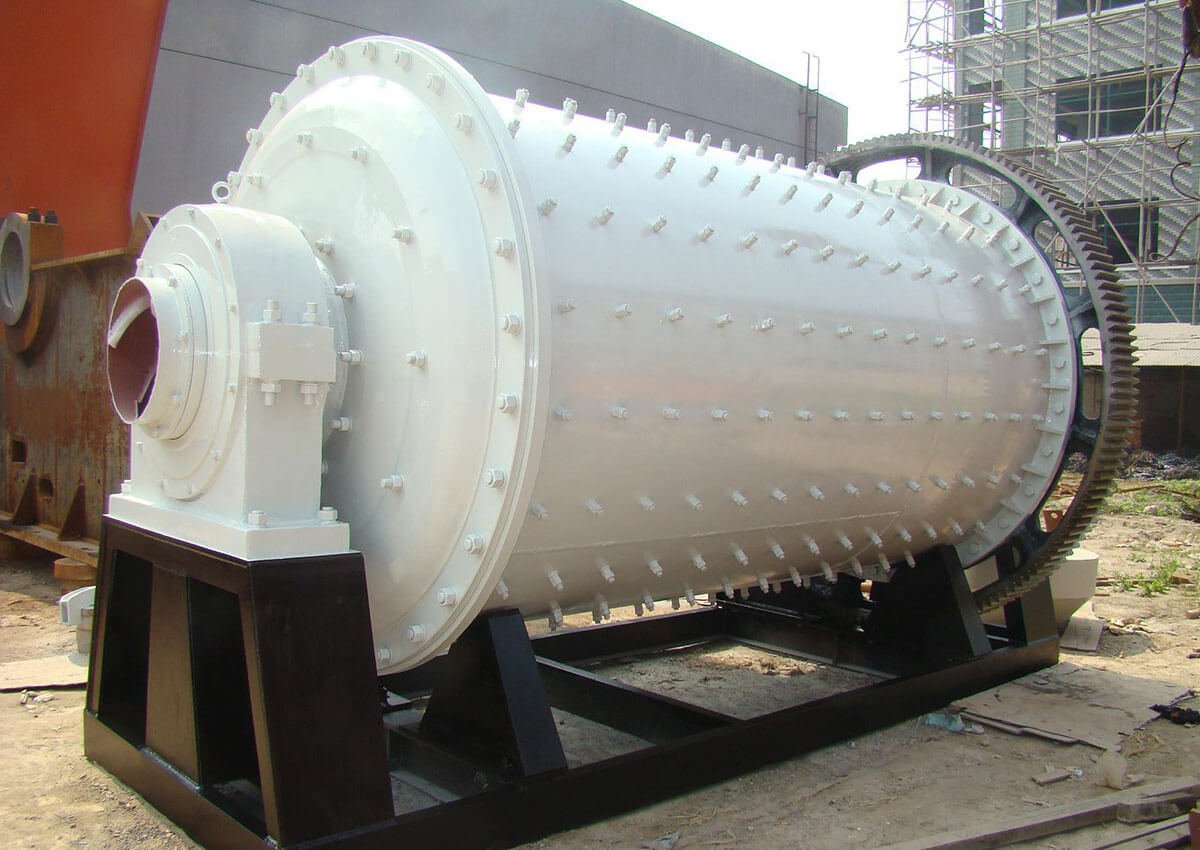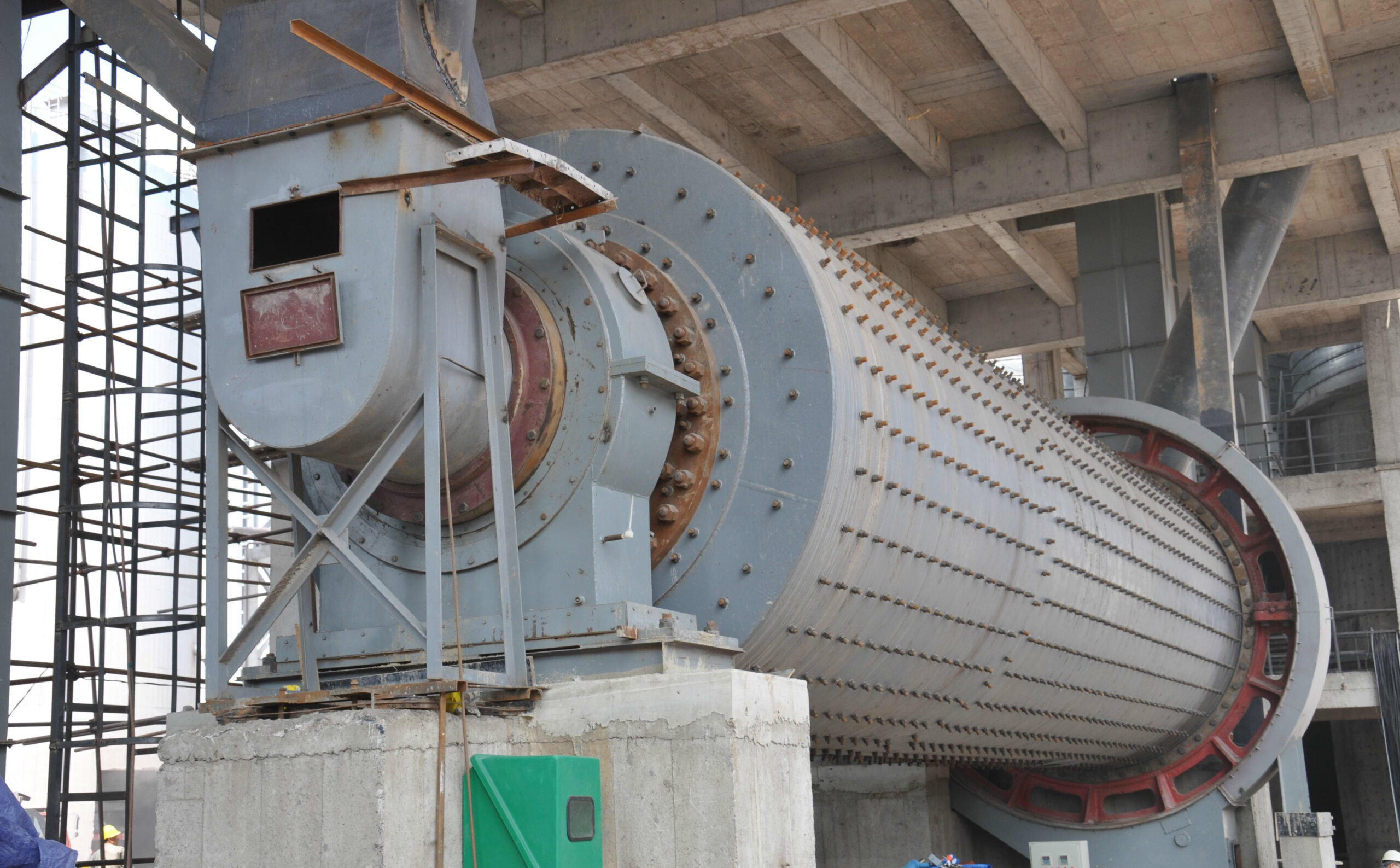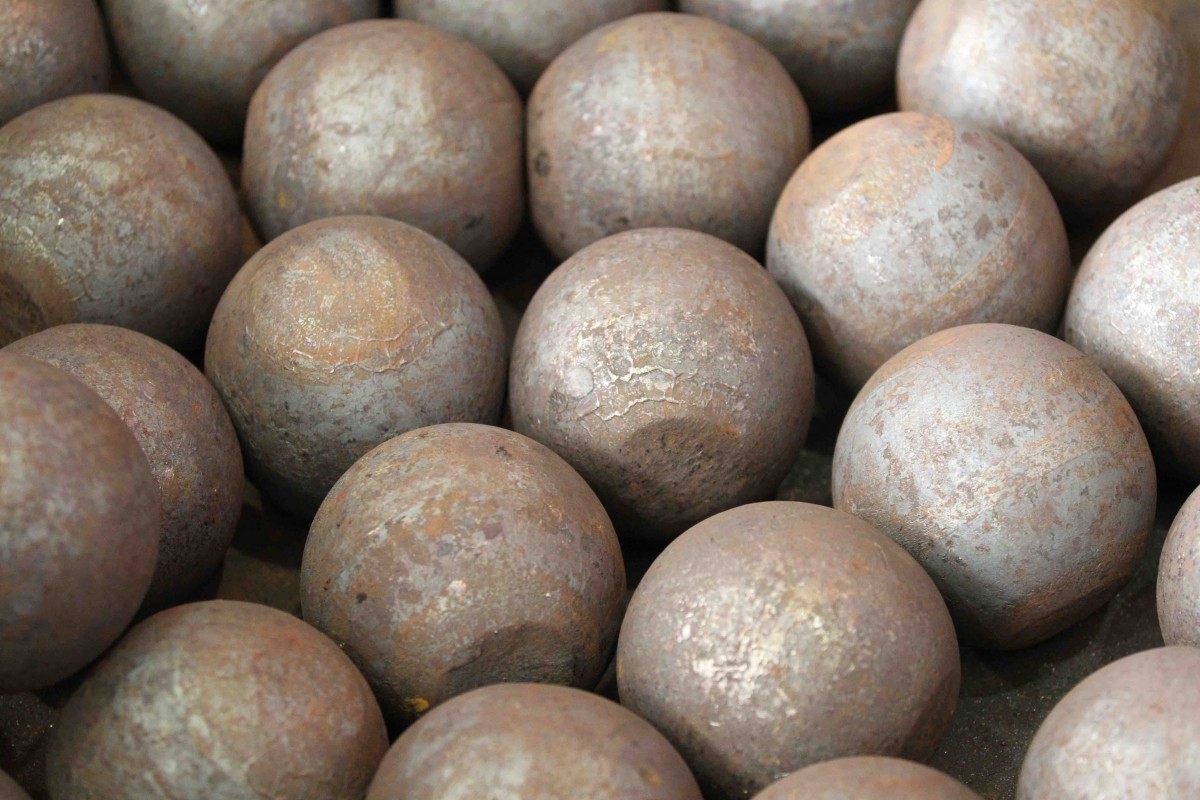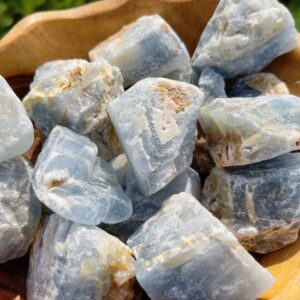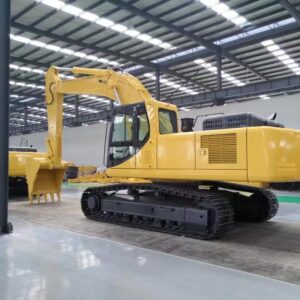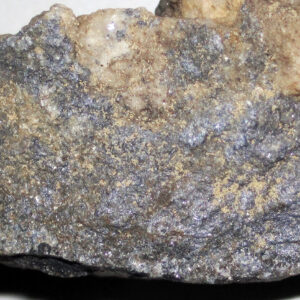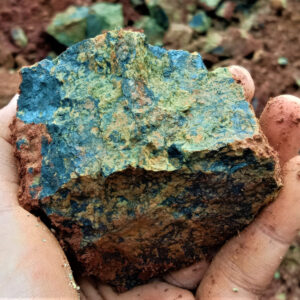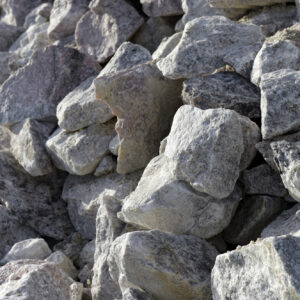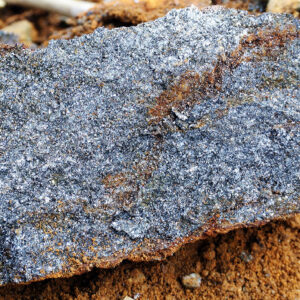Description
Introduction
A ball mill is a type of grinding mill used in the mineral processing, cement, chemical, and other industries to reduce the size of materials. It operates by rotating a cylindrical drum filled with grinding media (typically steel balls) and the material to be ground. Here are the key points about ball mills:
Applications
- Mineral Processing: Grinding ores for further processing in flotation, leaching, or other mineral recovery processes.
- Cement Production: Grinding clinker and other raw materials to produce cement.
- Chemical Processing: Grinding chemicals to achieve a specific particle size for various chemical reactions.
- Paint and Pigment Manufacturing: Producing fine particles for paints and pigments.
Advantages
- Fine Grinding: Capable of producing very fine particles, often down to a few micrometers.
- Versatility: Can handle a wide range of materials, including ores, chemicals, and various industrial materials.
- Efficiency: High efficiency in grinding operations, especially in closed-circuit systems with classifiers.
Disadvantages
- Energy Consumption: Generally consumes more energy compared to other types of mills.
- Wear and Tear: The grinding media and liners can wear out and need regular replacement.
- Maintenance: Requires regular maintenance to ensure optimal performance.
Operating Principles
- Impact and Attrition: The primary grinding mechanism is impact and attrition. As the drum rotates, the balls lift and then fall onto the material, causing it to break apart.
- Circulation Load: In closed-circuit grinding, the ground material is classified and the oversize particles are returned to the mill for further grinding.
- Mill Speed: The speed of the drum affects the grinding efficiency. Higher speeds generally increase the rate of grinding but can also increase wear on the mill components.
Comparison with Rod Mill
- Grinding Media: Ball mills use balls, while rod mills use long steel rods.
- Particle Size Distribution: Ball mills produce finer particles, while rod mills produce more uniform and coarser particles.
- Power Consumption: Ball mills generally have higher power consumption compared to rod mills for the same capacity.
Specifications
|
Model |
Capacity(t/h) | Rotate speed(r/min) | Grinding Balls(t) | Motor Power(kw) | Gear box | |
| Model |
Speed Ratio |
|||||
| Ф1.2×4.5 | 1.7 | 30.3 | 5 | 55 | ZD30 | 4.5 |
| Ф1.5×5.7 | 4.5 | 26.34 | 11 | 130 | ZD40 | 4 |
| Ф1.83×6.4 | 8.5 | 23.9 | 18 | 210 | ZD60 | 4.5 |
| Ф1.83×7 | 11 | 24.5 | 20 | 245 | ZD60 | 4.5 |
| Ф2.2×6.5 | 16 | 21.4 | 28 | 280 | ZD70 | 5 |
| Ф2.4×7 | 17-19 | 20.4 | 36 | 380 | ZD80 | 5 |
| Ф2.4×8 | 24-26 | 20.3 | 41 | 570 | ZD80 | 5 |
| Ф2.4×12 | 35-38 | 20 | 62 | 800 | MBY710 | 6.3 |
| Ф2.4×13 | 35-38 | 19.4 | 69 | 800 | MBY710 | 6.3 |
| Ф2.6×13 | 50-55 | 19.5 | 83 | 1000 | JDX800 | 6.3 |
| Ф3×9 | 28-32/50-55 | 18.34 | 78 | 1000 | JDX800 | 6.3 |
| Ф3.2×9 | 65 | 17.6 | 88 | 1250 | MBY900 | 7.1 |
| Ф3.5×10 | 73 | 16.8 | 118 | 1250 | JDX900 | 5.84 |
| Ф3.8×7.5 | 80 | 17 | 103 | 1600 | MBY800 | 5.6 |
| Ф4.6×10+3.5 | 210 | 15 | 278 | 3550 | JQS3500 | 15.1 |
